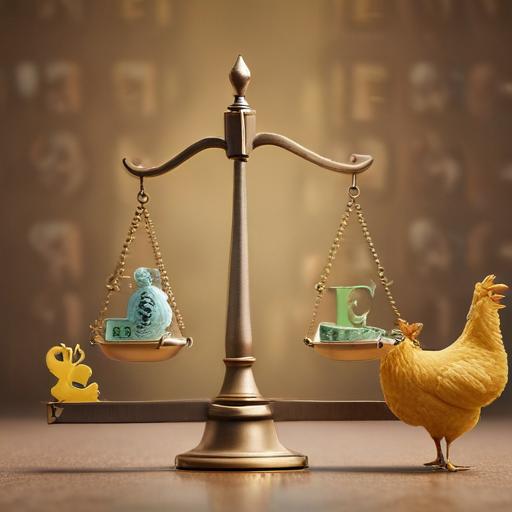The ongoing trade tensions initiated by President Donald Trump have once again raised concerns about potential tariffs on a wide range of U.S. imports, ranging from copper and pharmaceuticals to products from countries like Japan and Russia. However, Wall Street remains relatively unfazed, demonstrating a trend labeled the TACO trade, which stands for “Trump Always Chickens Out.”
Market analysts are reflecting on Trump’s historical pattern of making aggressive tariff threats before ultimately retracting them at the last minute, which has caused relatively muted reactions from investors this time around. Michael Block, a market strategist at Third Seven Capital, noted that this pattern allows Trump to portray himself as a crisis-averting leader. Back in April, for instance, following a significant initial backlash over announced tariffs, Trump postponed these policies for 90 days, resulting in a market recovery that is still being felt.
This week saw a slight retreat in U.S. stocks after Trump sent letters to multiple nations announcing impending tariffs. However, the response from the market was minimal, marking more of a needed correction than panic. While Trump suggested imposing high tariffs—a potential 200% on pharmaceuticals and up to 50% on copper—investors anticipate he may ultimately back down again, as has been the norm.
Analysts like Ed Mills from Raymond James caution, though, that this betting on Trump’s retreat could come with risks. If investors collectively believe the tariffs won’t take effect, the absence of a market reaction could inadvertently empower Trump to implement policies that may harm the economy without the usual checks and balances from market pressures.
As Trump himself acknowledges the existence of this TACO trade, it adds another layer of complexity to the situation. Recent comments from him have indicated a firm stance on tariff implementation, yet market confidence suggests that investors believe he is ultimately reluctant to jeopardize the broader economy or his political standing.
Despite these uncertainties, some market observers see hope in the situation. The fact that there is less panic compared to earlier in the year signals a potential stabilizing confidence among investors. “The market figures this is the art of the deal,” commented Ed Yardeni, alluding to Trump’s tendency to negotiate while prioritizing economic stability.
In this context, while the threat of tariffs looms, there remains a level of optimism that Trump’s ability to navigate these trade challenges could prevent adverse outcomes for the economy. The evolving dynamics between market sentiment and government policy may result in a more balanced approach to tariffs as stakeholders assess the broader implications of Trump’s decisions on the upcoming political landscape.
